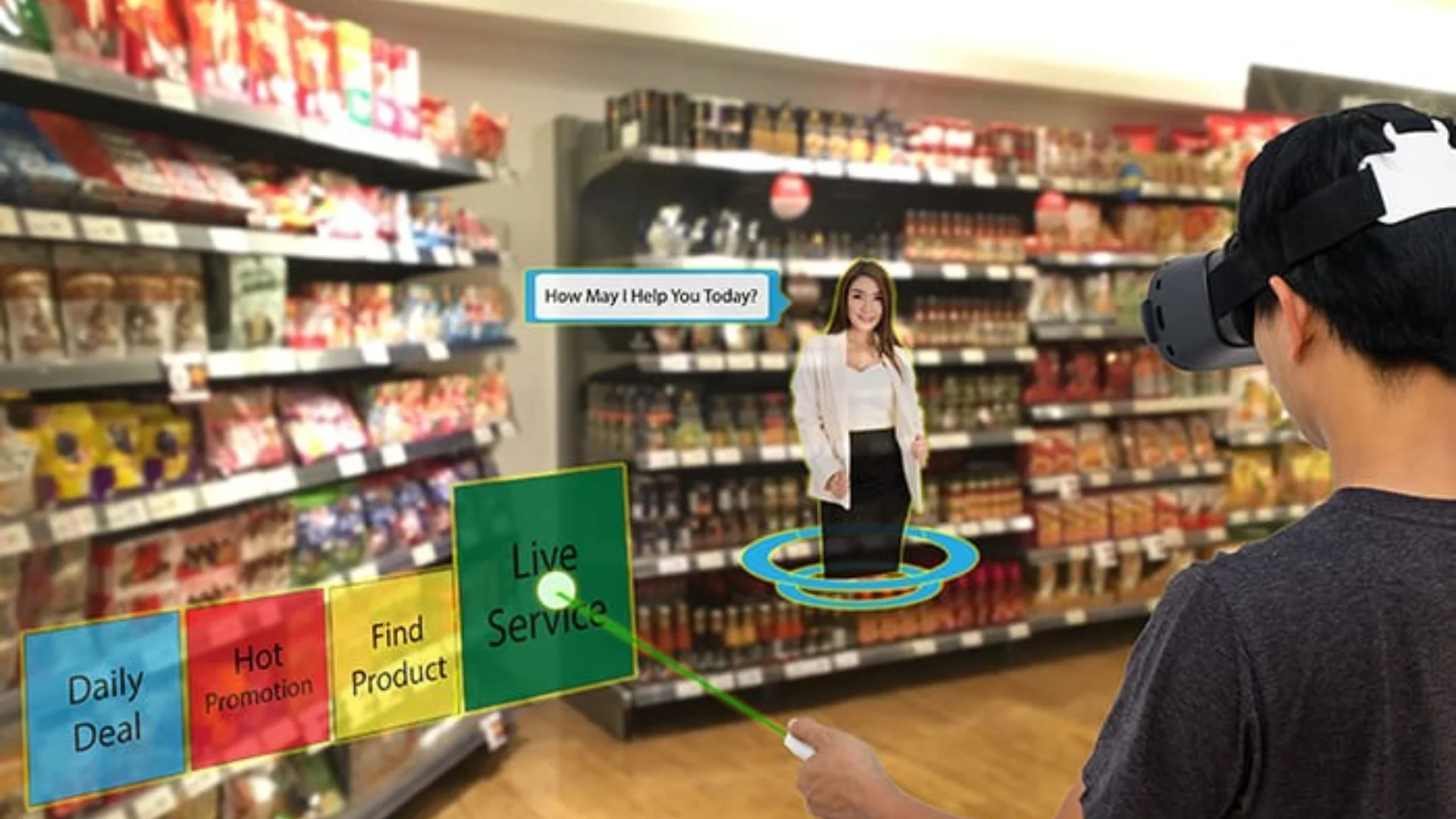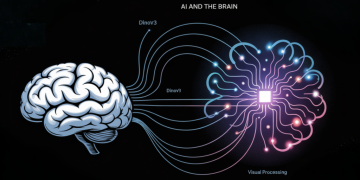The future of shopping has long been a topic of intrigue, with visions ranging from automated shopping carts to virtual marketplaces where customers can try on clothes without stepping into a fitting room. As we approach a new era of digital consumerism, it’s only natural to ask: Is the future of shopping fully virtual or just a mirage? Will the convenience and thrill of online shopping ever fully replace the tangible, sensory experience of brick-and-mortar stores? Or is the digital dream just that—a dream that can’t quite match the reality of human interaction?
In this article, we’ll take a deep dive into the future of retail, examining the role of emerging technologies, changing consumer behaviors, and the fine line between innovation and human connection. Let’s explore whether a fully virtual shopping experience is on the horizon—or if it’s just another mirage in the desert of digital transformation.
The Digital Shift: A New Era of Consumer Behavior
Shopping, in its most basic form, is a social activity that transcends mere transactions. Historically, it has been both a necessity and an experience. The store was once a place to browse, socialize, and discover new products, providing a unique sensory experience—tactile, visual, and auditory. The rise of e-commerce, however, changed that dynamic. Online shopping promised speed, convenience, and a vast array of options, but it also came with limitations: no human interaction, no ability to try products, and no immediate gratification.
Despite these drawbacks, the shift towards digital shopping has been undeniable. In fact, the global e-commerce market was valued at approximately $4.9 trillion in 2021 and is expected to grow by more than 50% by 2026. In light of this rapid growth, many have started to wonder if virtual reality (VR), augmented reality (AR), and other digital tools can replace the physical shopping experience altogether.
The Rise of Virtual Shopping Environments
Virtual reality has opened the door to more immersive shopping experiences. With VR headsets, shoppers can now enter a virtual store where they can browse aisles, interact with products, and even try on clothes without leaving their homes. This technology allows for a highly engaging shopping experience, bridging the gap between online convenience and in-store experience. While still in its early stages, VR is already creating new possibilities for how we shop.
However, VR shopping experiences remain niche, primarily used in industries like luxury goods or specialized products, where the experience of trying on or inspecting a product is key to the decision-making process. For the average consumer, though, VR remains too cumbersome and expensive for widespread adoption. Not everyone is ready to strap on a headset just to buy a new pair of shoes.

Augmented Reality: Bridging the Physical and Digital Worlds
Augmented reality (AR) has found a more immediate application in retail. Companies like IKEA and Sephora have already integrated AR into their mobile apps, allowing users to visualize how furniture will look in their homes or how makeup will appear on their faces. This hybrid of physical and digital experiences makes it easier for consumers to make informed decisions without the need to physically interact with the product.
But while AR enhances the shopping experience, it’s far from replacing it. AR technology still relies on physical products and environments to function. For example, when you use AR to try on makeup, you’re still reliant on the physical products and the real-world context of your face. This hybrid model makes AR an exciting tool, but not necessarily a revolutionary one.
The Role of Artificial Intelligence in the Future of Shopping
Artificial intelligence (AI) is another key driver in the future of shopping. AI is already being used to personalize shopping experiences, from recommending products based on previous purchases to optimizing search results. AI chatbots are increasingly handling customer service, offering instant assistance to shoppers who may have questions about a product, return policies, or shipping details.
One of the most promising aspects of AI in retail is the ability to anticipate consumer behavior and provide tailored experiences. Predictive algorithms are already being used to anticipate demand and adjust inventory in real time. For consumers, AI-driven personalization could mean a more efficient, less time-consuming shopping experience.
In the realm of virtual shopping, AI can take on an even more exciting role. Imagine a shopping assistant powered by AI, one who knows your tastes, body type, and preferences so well that it can help you select items you’re more likely to love. You could try on virtual clothes, get real-time suggestions, and even receive recommendations for accessories—all tailored to your unique style.
But is this level of personalization enough to replicate the experience of browsing in a physical store? For many, the social aspect of shopping—seeing what’s trending, chatting with friends or store employees—remains an important part of the experience. AI may be able to replicate some aspects of that interaction, but it cannot fully replace human connection.
The Human Element: Why Physical Stores Aren’t Going Anywhere

Even as digital tools transform the retail landscape, the role of physical stores remains essential. Despite the convenience of online shopping, there’s something irreplaceable about the tactile experience of shopping in a physical store. The ability to touch, feel, and try on products creates a multisensory experience that digital experiences can’t replicate. Furthermore, many consumers still appreciate the social aspect of in-person shopping—whether it’s browsing with a friend, interacting with knowledgeable staff, or simply enjoying the atmosphere of a brick-and-mortar store.
Retailers are also adapting to this reality by blending the digital and physical worlds in innovative ways. For example, some brands are offering “click and collect” services, where customers can shop online and pick up their purchases in a physical store. Others are using digital screens in-store to display inventory, promotions, and product reviews, creating a more tech-savvy shopping environment. These hybrid models, known as “phygital” experiences, offer the best of both worlds by combining the tactile benefits of in-store shopping with the convenience of online retail.
Retailers are also increasingly using stores as experiential hubs. Think pop-up shops, immersive brand experiences, and events that attract customers beyond the typical shopping trip. Brands like Apple, Nike, and even Disney are leading the charge in creating stores that serve as destinations rather than mere transaction points. This trend is helping to ensure that physical retail remains relevant in the age of digital disruption.
The Role of Sustainability in Shaping the Future of Retail
Sustainability is another key factor shaping the future of retail. As consumers become more conscious of the environmental impact of their purchases, many are turning to brands that prioritize sustainability. The shift towards digital shopping has both positive and negative implications for sustainability. On one hand, online shopping can reduce the carbon footprint associated with physical stores, as it cuts down on the need for retail space, heating, and lighting. On the other hand, the rise of fast fashion and the increase in delivery vehicles on the road may offset some of the environmental benefits of e-commerce.
In the future, we may see more sustainable approaches to both virtual and physical shopping. For example, retailers could use AI to optimize supply chains, reducing waste and energy consumption. Additionally, the rise of secondhand shopping, fueled by digital platforms, offers a more sustainable alternative to buying new products. The future of shopping will likely involve a mix of digital innovation and sustainability, with brands competing to create eco-friendly, tech-savvy shopping experiences.
The Mirage: Will Virtual Shopping Ever Fully Replace the Physical Store?
As we look ahead to the future of shopping, it’s clear that virtual shopping will continue to grow and evolve. Technologies like VR, AR, and AI are transforming the retail landscape, offering exciting new ways for consumers to engage with brands and make purchasing decisions. However, the complete replacement of physical stores with virtual experiences remains highly unlikely in the near future.
The reality is that while virtual shopping offers convenience and innovative features, it can never fully replicate the human experience of browsing, interacting, and connecting in a physical store. The tactile, sensory, and social elements of in-person shopping are deeply ingrained in our behaviors and expectations. Virtual stores, for all their advancements, still fall short in offering the same sense of immersion and connection.
In the end, the future of shopping will likely be a hybrid model, where digital and physical shopping experiences complement one another. While virtual shopping environments will continue to evolve, physical stores will remain a vital part of the retail experience, albeit in a more digital-friendly form. The future of shopping isn’t about replacing one with the other; it’s about creating a seamless, interconnected experience that leverages the strengths of both worlds.


















































Discussion about this post